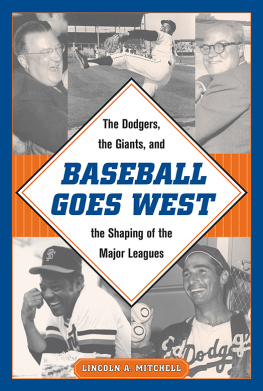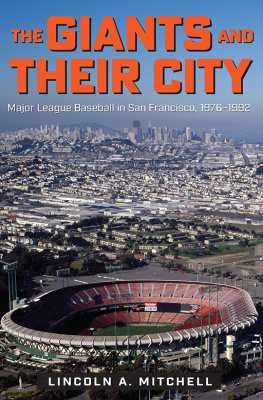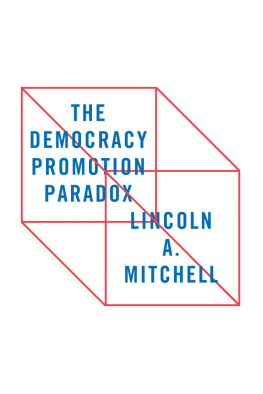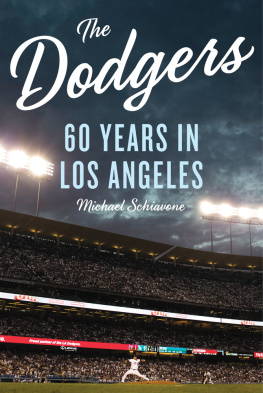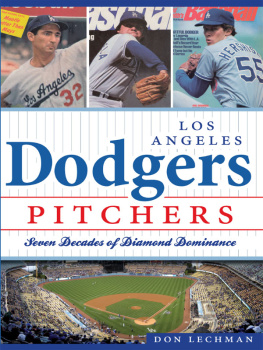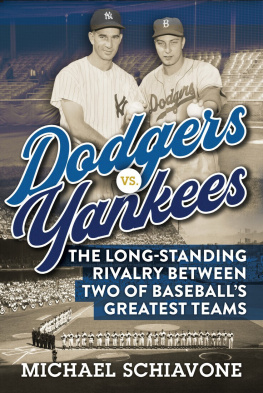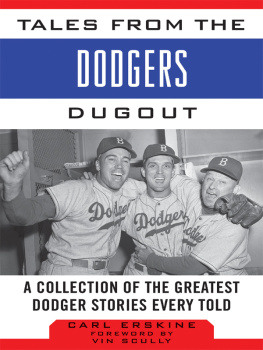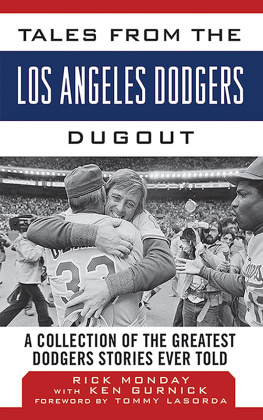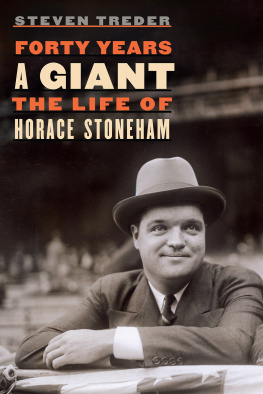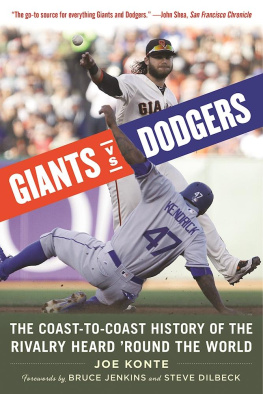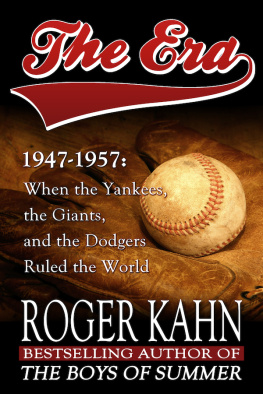Lincoln A. Mitchell - Baseball Goes West: The Dodgers, the Giants, and the Shaping of the Major Leagues
Here you can read online Lincoln A. Mitchell - Baseball Goes West: The Dodgers, the Giants, and the Shaping of the Major Leagues full text of the book (entire story) in english for free. Download pdf and epub, get meaning, cover and reviews about this ebook. year: 2018, publisher: The Kent State University Press, genre: Politics. Description of the work, (preface) as well as reviews are available. Best literature library LitArk.com created for fans of good reading and offers a wide selection of genres:
Romance novel
Science fiction
Adventure
Detective
Science
History
Home and family
Prose
Art
Politics
Computer
Non-fiction
Religion
Business
Children
Humor
Choose a favorite category and find really read worthwhile books. Enjoy immersion in the world of imagination, feel the emotions of the characters or learn something new for yourself, make an fascinating discovery.
- Book:Baseball Goes West: The Dodgers, the Giants, and the Shaping of the Major Leagues
- Author:
- Publisher:The Kent State University Press
- Genre:
- Year:2018
- Rating:4 / 5
- Favourites:Add to favourites
- Your mark:
Baseball Goes West: The Dodgers, the Giants, and the Shaping of the Major Leagues: summary, description and annotation
We offer to read an annotation, description, summary or preface (depends on what the author of the book "Baseball Goes West: The Dodgers, the Giants, and the Shaping of the Major Leagues" wrote himself). If you haven't found the necessary information about the book — write in the comments, we will try to find it.
Following the 1957 season, two of baseballs most famous teams, the Brooklyn Dodgers and the New York Giants,left the city they had called home since the 19th century and headed west. The Dodgers went to Los Angeles and the Giants to San Francisco. Those events have entered baseball lore, and indeed the larger culture, as acts of betrayal committed by greedy owners Walter OMalley of the Dodgers and Horace Stoneham of the Giants. The departure of these two teams, but especially the Dodgers, has not been forgotten by those communities. Even six decades later, it is not hard to find older Brooklynites who are still angry about losing the Dodgers.
This is one side of the story. Baseball Goes West seeks to tell another side. Lincoln A. Mitchell argues that the moves to California, second only to Jackie Robinsons debut in 1947, forged Major League Baseball (MLB) as we know it today. By moving two famous teams with national reputations and many well-known players, MLB benefited tremendously, increasing its national profile and broadening its fan base. This was particularly important following a decade that, despite often being described as baseballs golden age, was plagued with moribund franchises, low wages for many players, and a difficult dismantling of the apartheid system that had been part of big league baseball since its inception.
In the years immediately following the moves, the two most iconic players of the 1960s, Sandy Koufax and Willie Mays, had their best years, bringing even greater status and fame to their respective ball clubs. The Giants played an instrumental role in the first phase of baseballs global- ization by leading the effort to bring players from Latin America to the big leagues, while the Dodgers set atten- dance records and pioneered new ways to market the game.
Sports historians, baseball fans, and historians of American culture on a broader scale will appreciate Mitchells reframing of baseballs move west and his insights into the impacts felt throughout baseball and beyond.
Lincoln A. Mitchell: author's other books
Who wrote Baseball Goes West: The Dodgers, the Giants, and the Shaping of the Major Leagues? Find out the surname, the name of the author of the book and a list of all author's works by series.

